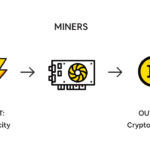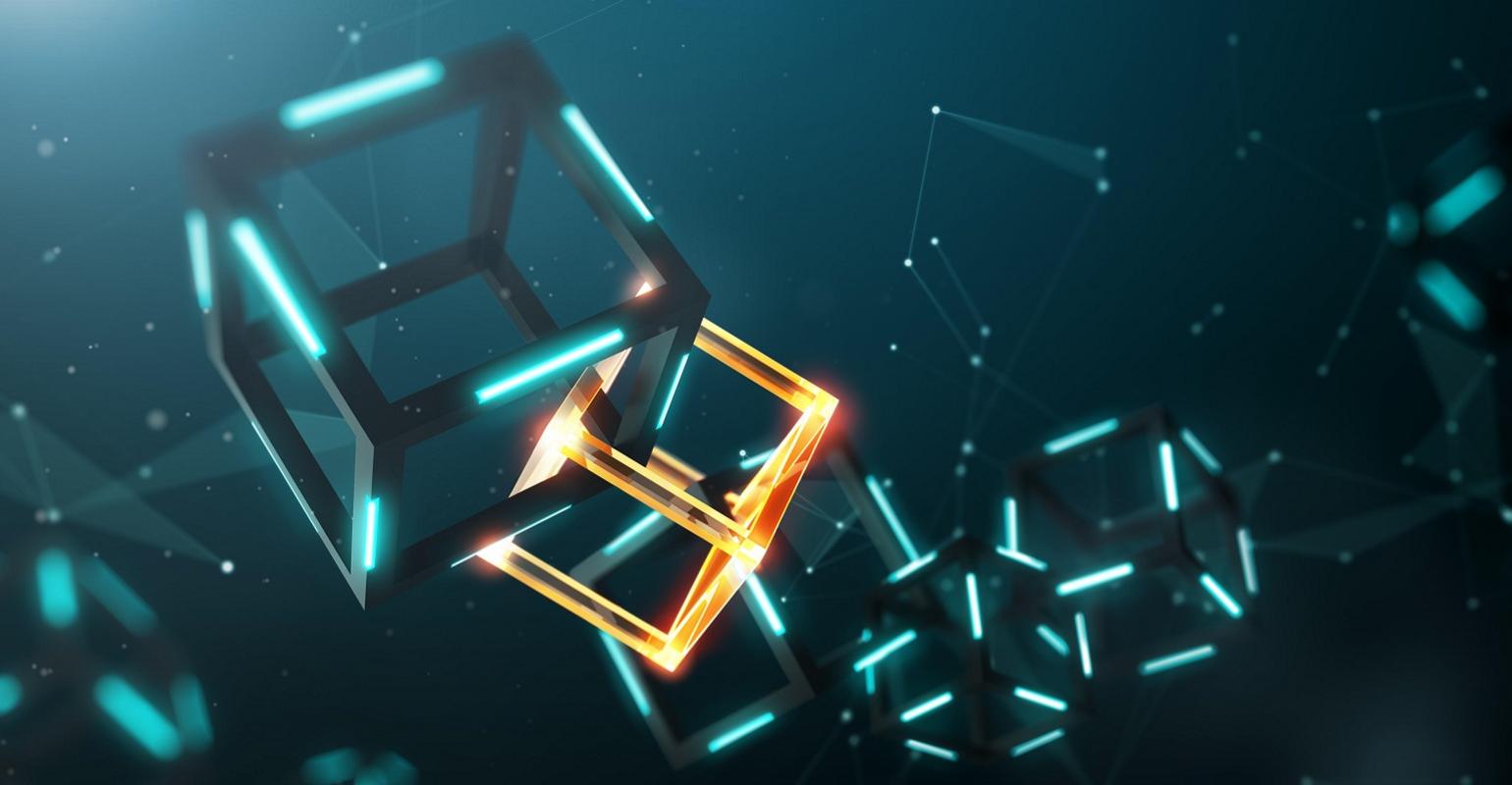Mining Bitcoin has undergone quite the evolution since the days of yore when you could labour away on the edge of your seat while you typed away on a laptop. But then again, the trajectory of technology is to ever lean forward, thusly, one cannot fail to behold the smorgasbord of mining technology in the market, not to mention the political kerfuffle raging on the efficiency of the blockchain, namely the Bitcoin Classic and Bitcoin Unlimited. What usually used to happen is people would use their CPU on the laptop to mine Bitcoin. Now, this was not a profitable venture, given the cost of mining in terms of hardware and electricity was more than the seemingly worthless hundreds of thousands coins. People just donated their capabilities for the sake of maintaining this new revolutionary monetary system. Little did they know that all was about to change.
Great, let’s go back to the beginning; you want to know what mining is. Mining is essentially utilizing computer power to process transactions, securing the network, and essentially keeping everyone in the system sane. And the people who guard this so-called wall, the Sworn Brothers of the Night’s Watch, if you will, are known as the Miners. Each miner possesses a node, which is a terminal from which the network is held together as I insinuated at the outset, new bitcoins are issued. The mining process is decentralized, that means no single miner will have all the power. So how this takes place is the miner runs Bitcoin mining software and modules for specialized Bitcoin hardware. The software and hardware enable the miners to highlight and process transactions, from which they earn a fee for upholding the network in terms of faster processing and the just-issued bitcoins. And all this happens within the precepts of mathematics.
Speaking of mathematics, it is the guiding light that illuminates the universe. The Bitcoin network would not be possible without it. You need to understand that for new transactions to be confirmed, they have to be transferred into a block, hence the name, ‘Blockchain’ in association with mathematical proof of work. I am sure you have an idea what proof of work signifies, essentially it is a modicum of data that was difficult to produce, whether in terms of cost or the time-taken so as to achieve certain requirements. Bitcoin applies what is known as the hashcash proof of work. It is for the purpose of generating blocks. The proof of work here refers to the pieces of data that make each block valid. Each block generated informs on the block that precedes it and the way this is built precludes people from tampering with the blockchain. The most famous proof of work algorithm introduced by the Bitcoin Protocol is the SHA-256.
Let’s put that in perspective. Since the beginning of time, especially at the close of the 2009, miners would hash 8 million times per second, and that figure went up to 116, 000,000,000 times per to 10 trillion times per second in late 2010 and early 2014 respectively. This leads to network difficulty and thus the advent of the halving event. And in extension it has also created the scramble for hardware for mining. And in that regard, hardware has moved from CPUs, GPUs, FPGAs (Field Programmable Gate Array) to the sophisticated ASIC (Application Specific Integrated Circuit), which is a chip built specific to run the SHA-256 algorithm. We could go into more detail, but that is a topic for another day.
Mining takes place all over the world, with most of it being carried out in China. That said, I should state that mining in Africa, particularly here in Kenya offers feasibility difficulty due to the associated costs. The digital gold rush continues and as adoption grows, the need for mining efficiency continues. However, mining is proving unsustainable with the amount of energy consumption and in terms of taking care of our mother Earth. It is this line of thought that prompts the application of Proof of Stake, which supplants the concept of hard-core mining and extols its virtues as a virtual mining process. Whichever way this goes, the philosophy behind the Bitcoin network, protocol, and monetary system stands tall. O tempora! O mores!
If you are starting out on bitcoin mining, genesis mining is a great place to sharpen your skills through cloud mining. However, from our own experimentation, it is a risky business venture with average break-even time periods being 9-12 months on substantial initial CAPEX. You can learn more here.
Disclaimer: This opinion piece should not be construed to be financial advice, it is a technical review of mining. The reader is advised to do their own due diligence on safety, economic model and local regulatory compliance before utilizing suggested platforms read disclaimer.











